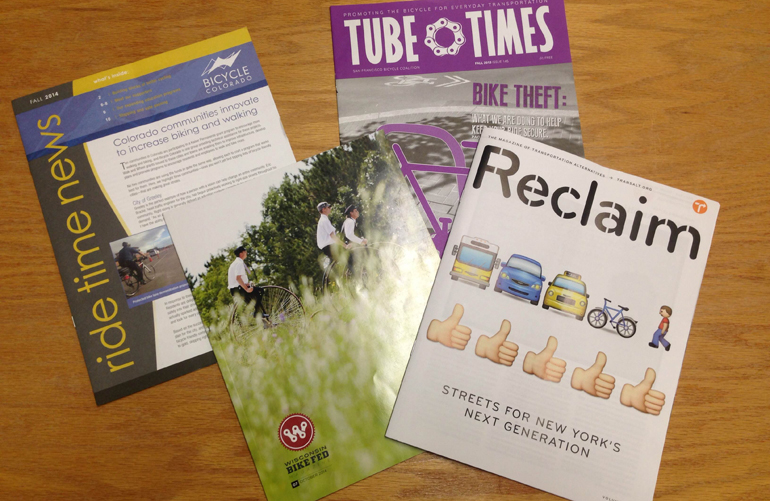
It's almost 2015, y'all, and the Internet has never been more important for organizational communications. In this thoroughly digital age, should we be using print newsletters to keep members and supporters in the loop, or is email enough?
On a recent Alliance for Biking & Walking webinar, communications professionals in the biking and walking advocacy space shared intel about what works in newsletter communications.
Right away, it became clear that panelists on the webinar agreed there is a space for both print and digital communications to keep supporters connected to the organization.
To illustrate this idea, Colin Browne, communications coordinator with the Washington Area Bicyclist Association, offered a historical reenactment of a conversation between Johannes Gutenberg and Bill Gates:
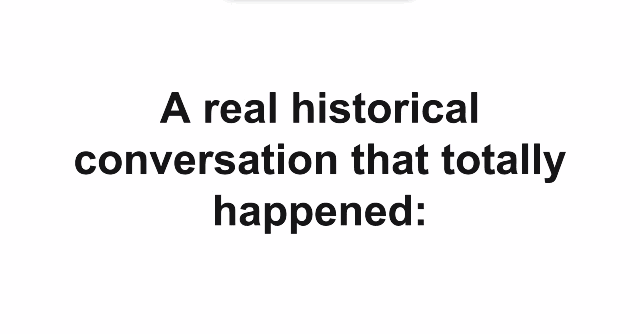
Colin emphasized that organizational communications should always tie in with your organization’s overall goals. He sees WABA's newsletter as a fundraising tool and a stewardship document: it gets delivered to people who are already engaged, and aims to make people feel more connected with the organization that they support.
To this end, Colin said, the print newsletter is not a comprehensive list of what WABA has been up to. Rather, it's an audience-driven document.
Brian Allenby, communications director with the Bicycle Coalition of Maine, shared how their Maine Cyclist has evolved over time. It has come a long way, from a photo-less six-page document in 1994 to a photo-rich 20 - 28 page piece in 2014.
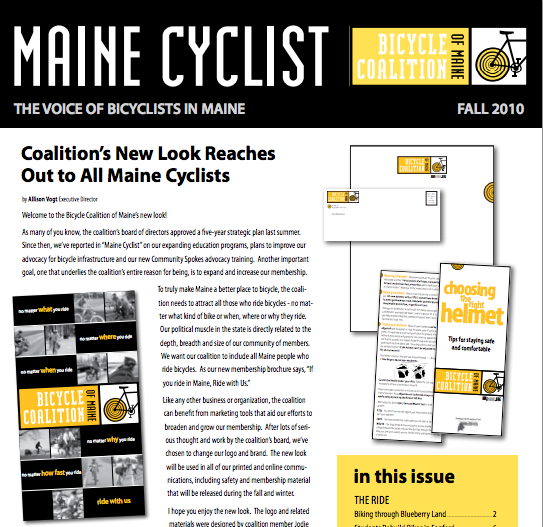
Maine Cyclist, fall 2010
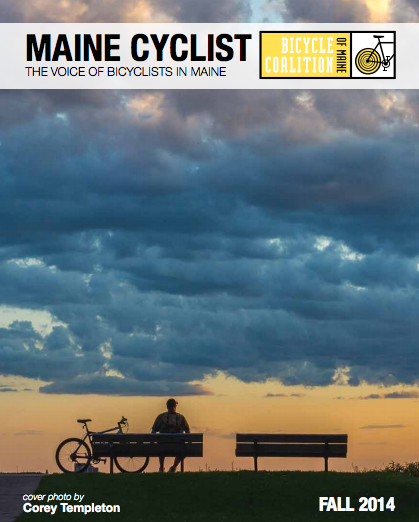
Maine Cyclist, fall 2014
Members of the Bicycle Coalition of Maine give positive feedback about the newsletter, but Brian noted that it's hard to know exactly how much value the newsletter adds to the organization's membership overall: after all, they never hear from people who don't read it.
In order to figure out their next moves with the newsletter, Brian and his colleagues are asking themselves some big-picture questions. What is the best use of staff time and money? What are the goals of this document? What’s the value to our members, and what’s the value to the organization? Are we focused on building membership, promoting stewardship, distributing information to our members, engaging members of the public, promoting events and activities? Brian hopes that these questions will help to identify the path forward.
The Wisconsin Bike Fed has taken a different approach to print communications.
When deputy director Dave Schlabowske was first hired, he was tasked with evolving the organization's bimonthly newsletter. He turned it into a magazine. The goal of the newsletter, said Dave, was to promote bicycling throught the state; he decided that the best way to do so was to showcase bike culture, businesses, advocacy, and stories throughout Wisconsin with a high-quality print product. The magazine features top quality printing and paper, binding with no staples, and 32 pages of exclusive content. The organization sells ads to cover the additional production costs, but the magazine does not turn a profit.
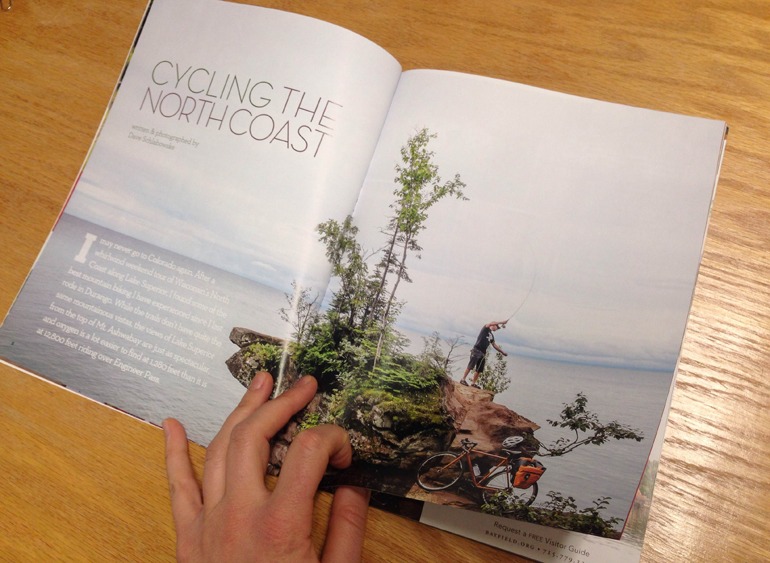
A feature story in the October 2014 issue of the Wisconsin Bike Fed magazine
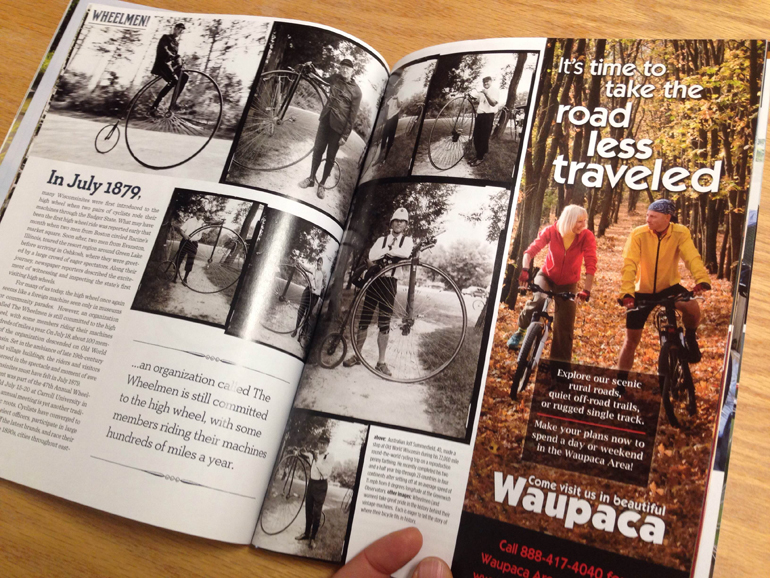
Advertisement sales help offset the production costs of the Wisconsin Bike Fed's magazine.
The Bike Fed also produces an annual Ride Guide, which lists bike-related events for the whole year, all around the state. At 80 pages long, this issue costs more to produce but brings in more revenue.
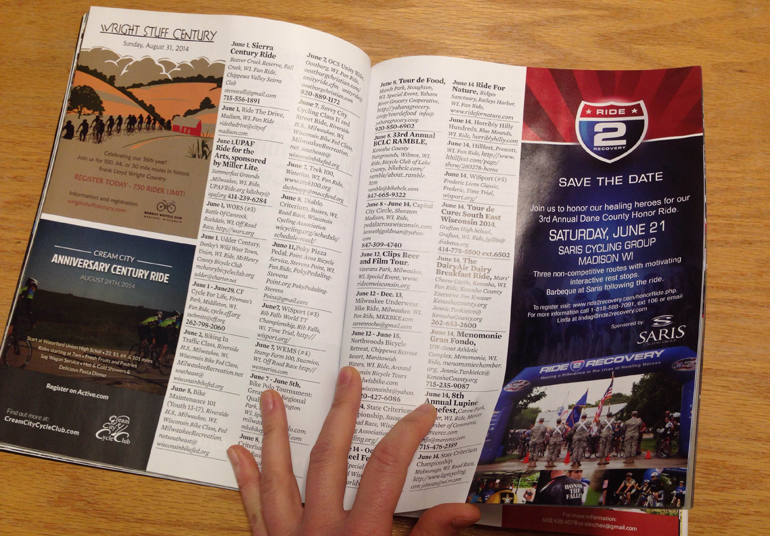
The Wisconsin Bike Fed's annual Ride Guide is a comprehensive guide to bike-related events throughout the state.
For more detail from the webinar, check out the recording below. If your organization is a member of the Alliance, you can also see full notes from the webinar in the Alliance Resource Library (members-only link).

